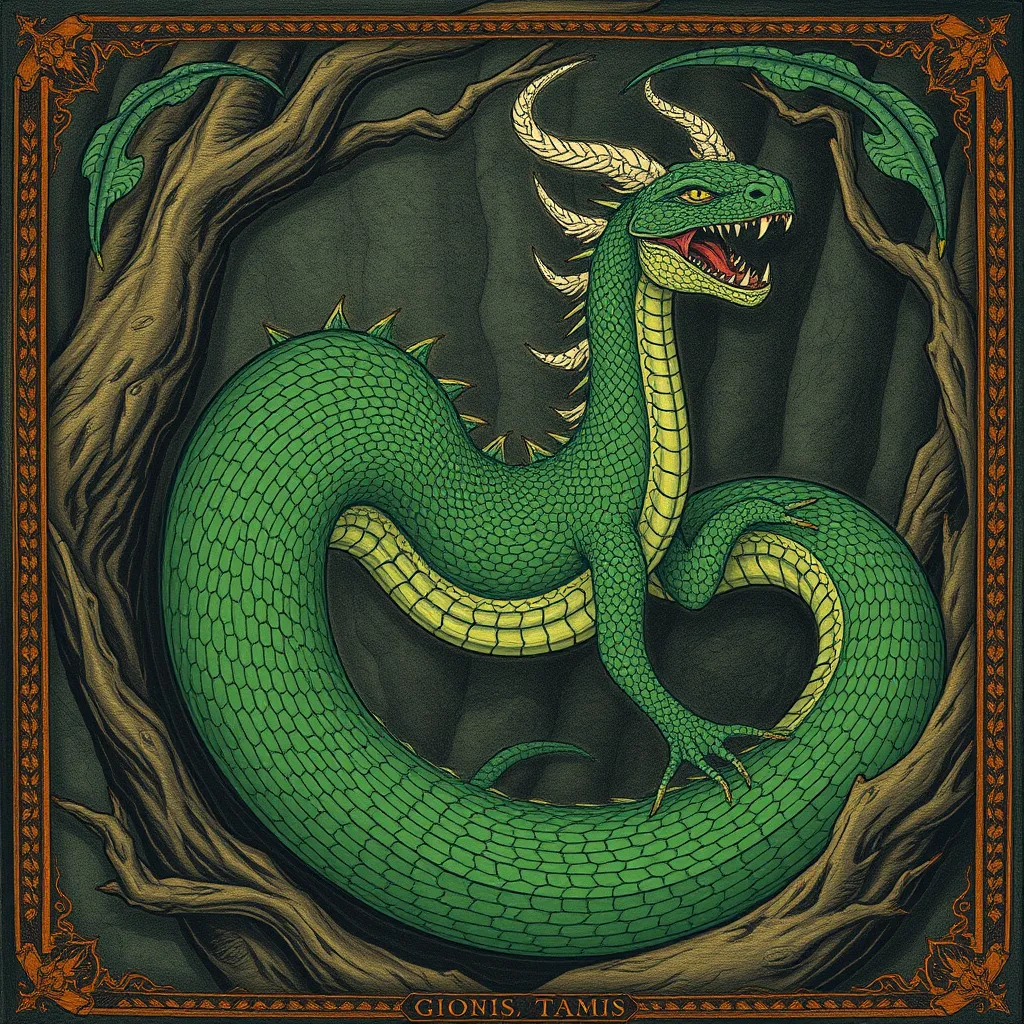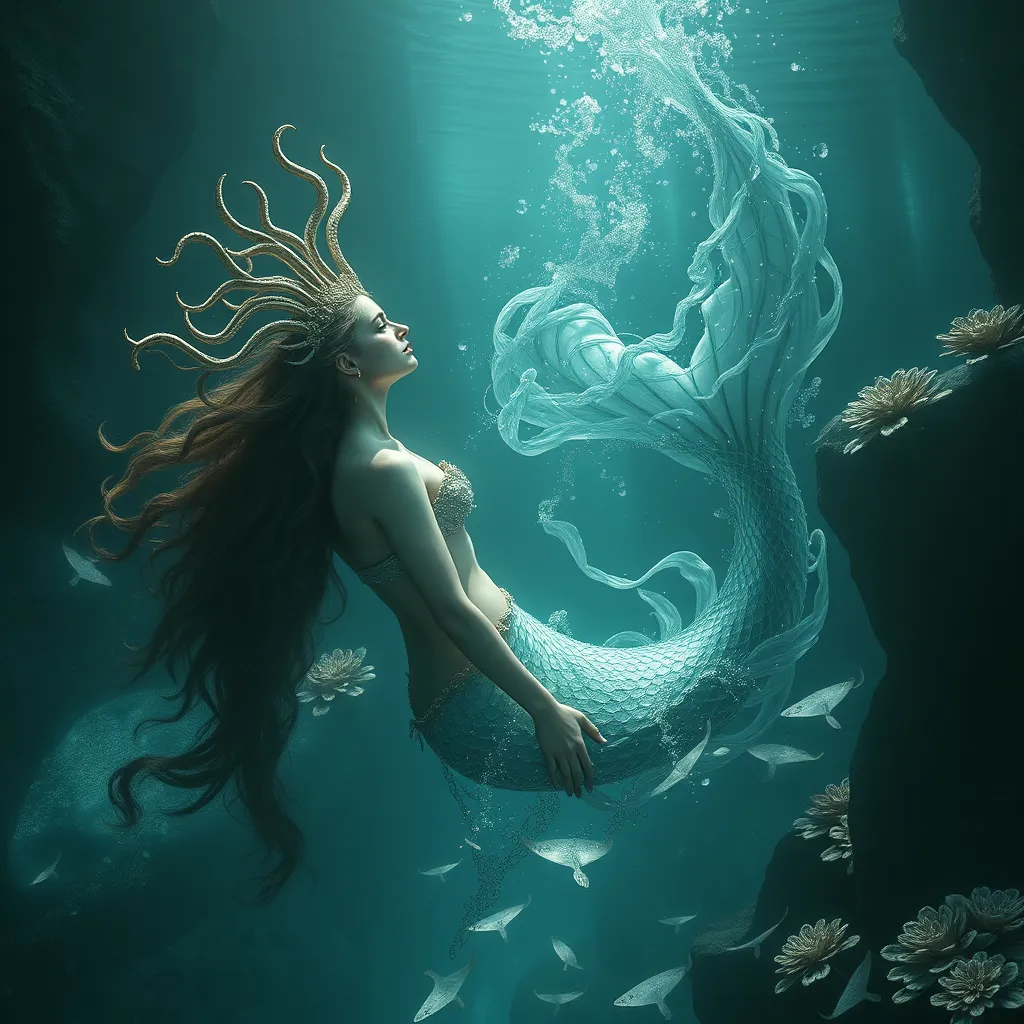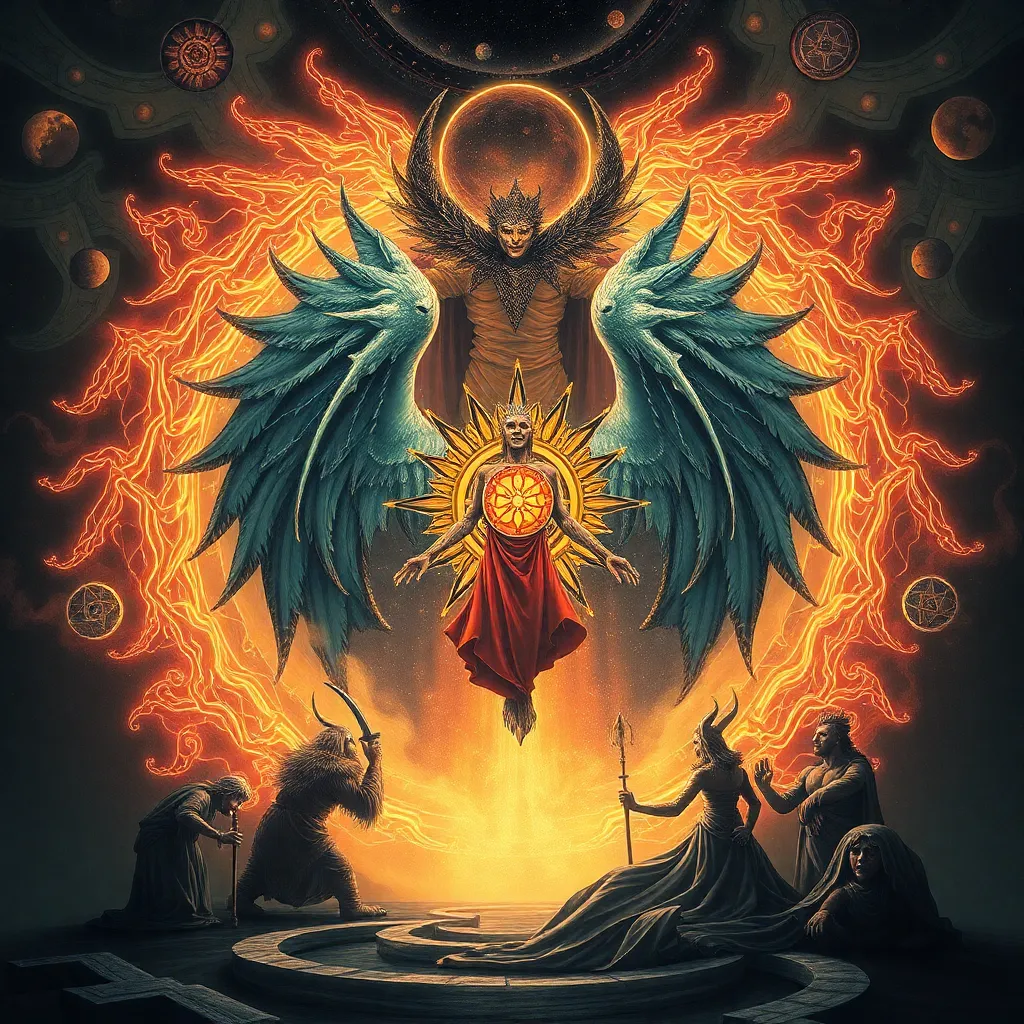The Manticore in Modern Art: A Contemporary Interpretation of the Beast
I. Introduction
The Manticore, a creature steeped in myth and legend, has captured the imagination of artists and storytellers for centuries. With the body of a lion, the face of a human, and a tail that can shoot spikes, this beast symbolizes a complex interplay of fear, danger, and the unknown. Its historical significance can be traced back to Persian mythology, where it was depicted as a fearsome predator. In today’s artistic landscape, contemporary interpretations of the Manticore reflect not only its mythological origins but also the evolving perceptions of human emotions and society.
This article will delve into the various ways the Manticore is represented in modern art, exploring its symbolism and significance. By examining the creature’s roots and its depiction by contemporary artists, we can gain insight into the enduring power of myth in our current cultural context.
II. The Mythological Origins of the Manticore
The Manticore finds its historical roots in Persian mythology, where it was known as the “Martichora.” This legendary creature was feared for its lethal prowess and insatiable appetite, often depicted as a guardian of the underworld.
Key features of the Manticore include:
- Body of a lion
- Human-like face
- Tail resembling a scorpion or possessing the ability to shoot deadly spikes
Throughout various cultures, the Manticore has been associated with themes of duality and the dual nature of humanity—capable of both greatness and destruction. Its representation has evolved, reflecting societal fears and the complexities of human psychology.
III. The Manticore as a Symbol in Contemporary Art
In contemporary art, the Manticore often embodies themes of duality and fear, serving as a metaphor for the human psyche. Artists utilize the creature to explore the darker aspects of human nature, representing the internal struggles that individuals face.
Modern artists integrate mythology into their work in various ways:
- Using mythological creatures to challenge societal norms
- Employing symbolic storytelling to convey emotional depth
- Creating visual narratives that provoke thought and introspection
The Manticore, with its intricate symbolism, allows for a rich exploration of what it means to be human in an increasingly complex world.
IV. Notable Contemporary Artists Featuring the Manticore
Several contemporary artists have embraced the Manticore in their work, offering unique interpretations that resonate with modern audiences. Some notable figures include:
- Yayoi Kusama: Known for her immersive installations, Kusama has depicted the Manticore in her polka-dot style, emphasizing themes of obsession and infinity.
- Frida Kahlo: In her surreal self-portraits, Kahlo utilized the Manticore to explore her own identity and struggles, merging personal pain with mythological imagery.
- Damien Hirst: Hirst has included Manticore-inspired motifs in his work, using the creature to comment on mortality and the human condition.
These artists employ a variety of techniques, from painting and sculpture to installation art, to convey the multifaceted nature of the Manticore and its relevance in contemporary society.
V. The Role of Technology in Modern Interpretations
As technology continues to evolve, so does the representation of the Manticore in art. Digital mediums have opened new avenues for creativity, allowing artists to explore the creature in innovative ways.
Key points regarding technology’s impact include:
- Digital Art: Artists create stunning visual representations of the Manticore using software, exploring its features in ways traditional mediums cannot.
- Social Media: Platforms like Instagram and Pinterest have facilitated the rapid spread of Manticore-themed art, connecting artists with a global audience.
- Virtual Reality: Interactive installations allow viewers to engage with the Manticore in immersive environments, enhancing the storytelling aspect of the creature.
This fusion of technology and art enriches the narrative surrounding the Manticore, making it more accessible and relevant to contemporary audiences.
VI. The Manticore in Popular Culture
The influence of the Manticore extends beyond the realm of visual arts, permeating literature, film, and other media. This creature has become a contemporary cultural icon, reflecting collective fears and aspirations.
Examples of the Manticore’s presence in popular culture include:
- Literature: The Manticore appears in various fantasy novels, often symbolizing the struggle between good and evil.
- Film: Movies depict the Manticore as a formidable antagonist, embodying chaos and unpredictability.
- Video Games: The creature is a popular character in many fantasy games, where it serves as a boss or challenge for players.
This cross-pollination between visual arts and other media underscores the Manticore’s relevance as a symbol in contemporary culture.
VII. Critical Reception and Interpretations
The reception of Manticore-themed artworks varies, with critics often engaging in dialogue about the balance between traditional myth and modern interpretation. Art critics and theorists play a crucial role in shaping the understanding and appreciation of such works.
Key points of analysis include:
- How contemporary artists reinterpret the Manticore to reflect modern societal issues.
- The dialogue between artists and critics in unpacking the symbolism inherent in the Manticore.
- Critical responses that challenge or reinforce the traditional narratives surrounding the creature.
This ongoing conversation enriches the artistic landscape, revealing the layers of meaning behind the Manticore’s depiction.
VIII. Conclusion
In summary, the Manticore holds significant relevance in modern artistic expression, serving as a powerful symbol of the complexities of the human experience. Its enduring presence in contemporary culture reflects our fascination with myth and the stories we tell ourselves.
As we continue to explore mythological creatures in art, the Manticore stands as a testament to the power of storytelling, reminding us that these ancient symbols still resonate in today’s world. Looking ahead, the integration of new technologies and innovative artistic techniques will likely further expand the interpretations of the Manticore, ensuring its place as a compelling subject in the art of the future.




